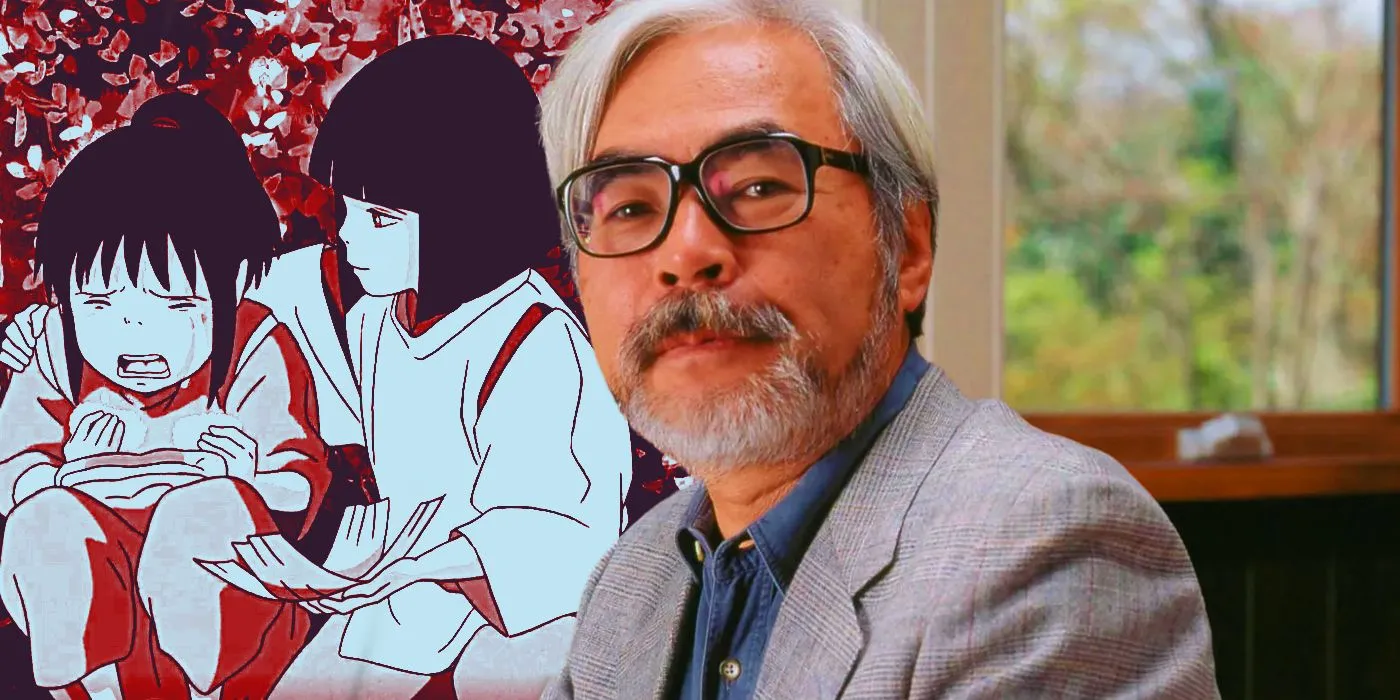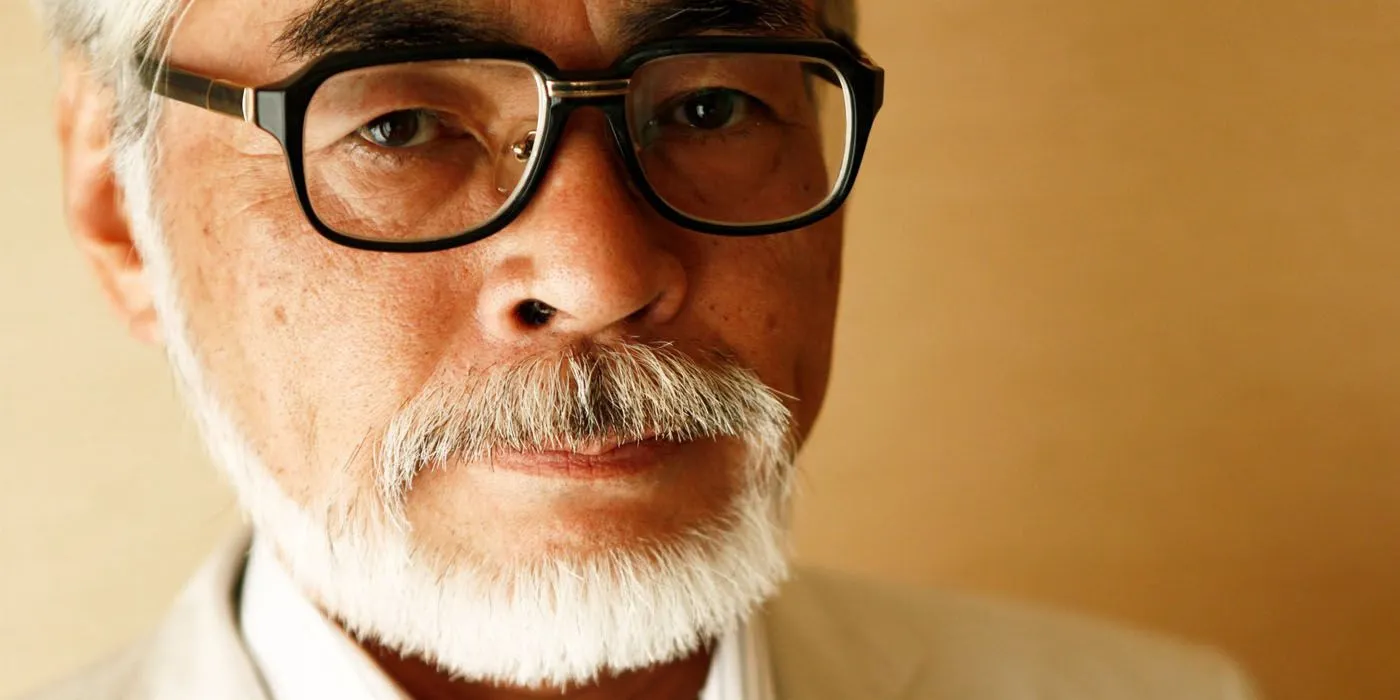
For many years, Hayao Miyazaki has captivated global audiences with his unparalleled talent in weaving enchanting narratives set in extraordinary worlds. However, the intriguing dynamics of his retirement saga have become a topic of both interest and humor among his fans. Despite his multiple announcements regarding retirement, Miyazaki’s passion for filmmaking invariably lures him back, continuously delighting audiences with new creations.
During a reflective interview honoring Howl’s Moving Castle, Miyazaki offered a glimpse into his creative mindset with the poignant remark, “I can only return.” This statement underscores a complex interplay between his identity as an artist and his responsibilities toward his craft. His returns to the industry are not merely whimsical; they reveal a profound dedication to the art form he reveres deeply.
Miyazaki’s Creative Obsession: An Indomitable Force
Understanding Miyazaki’s Relentless Drive to Create

Miyazaki’s frequent returns to the animation scene reflect a profound creative calling. In discussions about his work, he confides that he feels an undeniable urge to articulate his own visions inspired by the art he admires. For him, engaging in the creative process transcends mere employment; it is a vital aspect of his existence. Even when entrusting projects to others, his dissatisfaction with their interpretations often draws him back into the role of director.
This relentless pursuit of excellence permeates his films, each infused with Miyazaki’s unmistakable artistic signature, from meticulous hand-drawn animation to resonant thematic elements. His ongoing struggle to permanently step away from filmmaking highlights the integral role that creating plays in his life—a pursuit as essential as breathing.
Miyazaki’s inspiration often arises from fleeting ideas or vivid imagery that compel him to transform them into reality. Iconic elements, such as the whimsical Catbus from My Neighbor Totoro or the fantastical moving castle featured in Howl’s Moving Castle, showcase how these inspirations demand his immediate attention. His deep-seated connection to his ideas makes it nearly impossible for him to abandon them midway or leave them unrefined.
The Weight of Responsibility in Miyazaki’s Career
Carrying the Legacy of Studio Ghibli

Miyazaki’s return to filmmaking is driven not only by personal passion but also by a profound sense of responsibility. He articulates this sentiment beautifully in one of his notable quotes: “In order to bring out the original spirit of the work, I can only return.” This phrase encapsulates the immense pressure he feels to preserve the authenticity and essence of his artistic vision, believing that only he can truly manifest it on screen.
His perspective reveals a deep commitment to his narratives and the audience experiencing them. Miyazaki insists that his films serve a purpose beyond mere entertainment; they inspire reflection on life, nature, and shared humanity. If he believes that others cannot uphold the standards he’s set, it is no surprise he chooses to return to the helm. Moreover, Miyazaki’s legacy as a pioneer in animation creates an almost insurmountable benchmark for others in the industry. His continual return to his craft ensures that the quality and integrity of the Studio Ghibli brand remains untainted.
The Incomplete Masterpiece of Hayao Miyazaki
The Inescapable Nature of Miyazaki’s Creative Journey

Miyazaki’s hesitance to retire is deeply intertwined with his understanding of legacy. Despite possessing an illustrious portfolio that includes masterpieces like Spirited Away and My Neighbor Totoro, he perceives his work as an ongoing endeavor. For Miyazaki, retirement concerns far more than age or accolades; it centers on whether he feels he has fully articulated his artistic narrative.
In 2013, after releasing The Wind Rises, Miyazaki announced his retirement once more. Yet, just a few years later, he commenced work on How Do You Live?, or The Boy and the Heron, declaring it a “gift for his grandson.”This project demonstrates that even retirement cannot quell his desire to create meaningful art. For Miyazaki, animation serves as a conduit for expressing his beliefs and values.
In the midst of this, fans have both embraced and humorously criticized his repeated unretirements, making their own lighthearted memes that reflect his passionate persona. These jokes contribute significantly to the culture surrounding Studio Ghibli, signifying the admiration fans hold for a creator who cannot resist the pull of his craft.
An Infinite Expedition into Creativity
Miyazaki’s Unwavering Quest for Artistic Expression

Miyazaki’s persistent engagement with animation exemplifies the essence of creativity itself. For numerous artists, the notion of cessation is unbearable; the act of creation is woven into their identity. In this light, Miyazaki’s films transcend mere entertainment; they embody his emotions, perspectives, and aspirations for the future. Each cinematic piece reflects his worldview, from environmental themes in Princess Mononoke to contemplations on mortality in The Wind Rises. To cease creating would equate to silencing a voice he feels compelled to share.
His cycle of retirement and return portrays an ongoing struggle between aspiration and limitation. As he grows older, the physical and mental demands of animation increase, yet the exhilaration and satisfaction derived from bringing his visions to fruition continue to outweigh any obstacles. Miyazaki’s refusal to genuinely retire lays bare the greater truth about his artistic passion: it cannot simply be switched off. His life and career serve as a testament to the notion that as long as there are stories worth telling, artists will find a way to illuminate them.
Hayao Miyazaki’s journey epitomizes the strength of passion and purpose within the realm of creativity. His declaration, “I can only return,” resonates deeply as a testament to his unwavering commitment to his craft. For Miyazaki, animation transcends storytelling; it is a medium through which he endeavors to leave an indelible mark on the world. His narrative artistry underscores the fact that true creativity knows no bounds, transcending age and circumstance. Regardless of whether he continues to create films or eventually steps away, Hayao Miyazaki‘s legacy as one of the greatest animators is undeniably secure.
Source: nausicaa.net




Leave a Reply